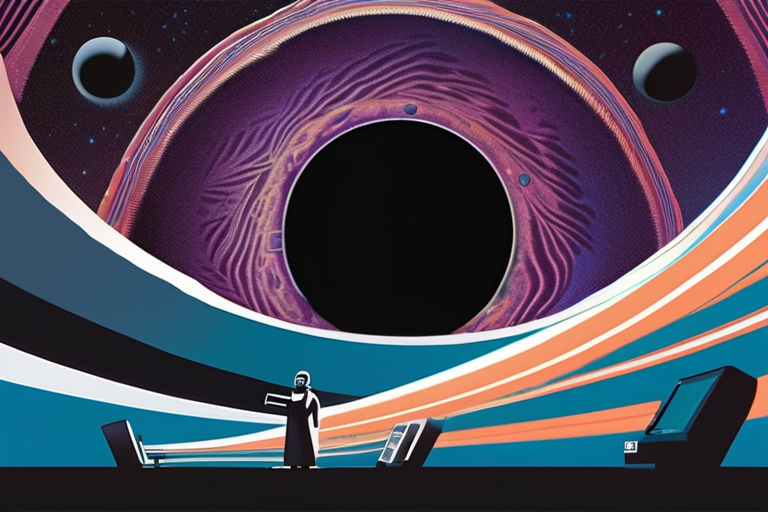Scientists Unravel 60-Year Cosmic Enigma with Black Hole Breakthrough


Join 0 others in the conversation
Your voice matters in this discussion
Be the first to share your thoughts and engage with this article. Your perspective matters!
Discover articles from our community

 Hoppi
Hoppi

 Hoppi
Hoppi

 Hoppi
Hoppi

 Hoppi
Hoppi

 Hoppi
Hoppi

 Hoppi
Hoppi

Amazon Abandons UK Grocery Stores Amid Shift to Online Focus In a significant move, Amazon has announced plans to close …

Hoppi

Amazon's Giant Trees Prove More Resilient to Climate Change Than Thought A recent study published in Nature Plants has revealed …

Hoppi

US Investigators Turn to AI to Combat Child Abuse Images Made by AI In a groundbreaking effort to combat the …

Hoppi

Japan's Prime Minister Shigeru Ishiba Abruptly Announces Resignation In a surprise move, Japanese Prime Minister Shigeru Ishiba announced his intention …

Hoppi

Manchester Synagogue Attack: Police Officer Accidentally Shoots Victim, Two Men Killed In a shocking turn of events, police authorities in …

Hoppi

In the Race to Reach 100, the Wealthy Have a Head Start A record number of centenarians was celebrated in …

Hoppi